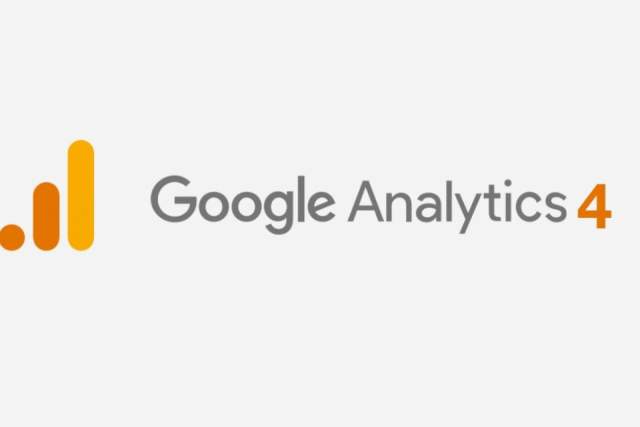You have probably heard that Google’s Universal Analytics will be retiring in June 2023, but what does that mean for our DMOs (Destination Marketing Organisations)?
This blog will take a deeper look at what you need to know about the transition from Universal Analytics to Google Analytics 4 (GA4).
Here’s a basic overview:
- This transition was announced in October 2020, with significant changes predicted
- Starting in July 2023, you will need to use GA4
- You will want to make sure basic tracking is being done in GA4 for your website … like now
What DMOs Should Expect
Good news! Other than a change in the overall look and feel of the platform, DMOs should not experience many differences in their daily activities using GA4. “Daily Active Users” is a new metric, but this change will have little disruption for DMO websites since travel audiences have few repeat visitors.
Here’s a list of some of the main differences between Universal Analytics and GA4 that we think DMOs should take note of:
- Users are emphasised over sessions
- Events are captured automatically
- There’s more emphasis on conversions
Tracking Key Metrics
More good news — as we make the switch to GA4, it is predicted that “Users v.s. Session” metrics will not see significant changes because they tend to follow the same pattern. However, “Users” will be smaller by 20-25%, so you may want to prepare your stakeholders.
Don’t worry, you will still be able to track and analyse your favourite key metrics — just in a slightly different way. The following features are not going anywhere any time soon:
- Analytics staples
- Actions website visitors took — “buttons clicked” is now classified as "events"
- Data conversions
NOTE: conversions, as well as goals, will now be set up differently in GA4. You will need to set parameters to tell GA4 what to measure, like recording visits to a specific page. In addition, the term "goals" will no longer exist and will now be called "conversions."
Increase Focus on End-to-End User Journeys
One of the biggest changes you will see with GA4 is an increased focus on end-to-end user journeys rather than simply tracking what users do on each page. GA4 will allow you to see unified user journeys across websites and apps, with more flexibility to build conversion tracking without needing to edit your website code. GA4 will also use machine learning for its new “Insights” feature, automatically identifying useful information and making assumptions about site traffic and user behaviour.
Average Duration & Engagement Rate
Another important change is that “Average Session Duration” will be replaced by "Average Engagement Time." This could increase by almost two minutes because GA4 captures link tracking and scroll tracking to collect users’ time more accurately.
“Average Engagement Time” is a more accurate reflection of user interaction because it's measuring active engagement with a site instead of just the time the window is open. Yay!
A new metric that GA4 is introducing is “Engagement Rate,” which will be much lower than “Average Duration” - probably by half. This metric represents the amount of time a user is actively engaged with your site rather than time spent on the site.
Pages, Sessions & Bounce Rate
One of the biggest changes with GA4 is a shift from "Bounce Rate" to "Engagement Rate". In Universal Analytics, “Bounce Rate” measures the percent of sessions that end without the user taking a desired action on the page or viewing a second page on the site. "Engagement Rate" is essentially the inverse. In GA4, “Engagement Rate” measures the percentage of sessions where the user actively engages with the content by staying on the page longer than 10 seconds, viewing a second page on the site, or triggering a conversion event.
Take Action: What to Do for GA4
Change can be scary … but it doesn't have to be! Simpleview recommends installing GA4 on your website today to ensure accurate year-over-year analysis once Universal Google Analytics has been phased out.
To get ready for the transition to GA4, you should:
- Audit existing analytics (goals, event tracking, custom metrics and dimensions, etc.)
- Implement new tracking ASAP
- Install basic tracking in Simpleview CMS via Google Tag Manager (GTM), or submit a ticket to Simpleview
- Set your data retention rate to 14 months
- Prepare your stakeholders by letting them know there will be shifts in metrics
- Audit your reporting and do some housecleaning to get rid of things you won't need
For more insights on the transition to Google Analytics 4, register for our upcoming webinar, "Bye-Bye Bounce Rate: Preparing for Google Analytics 4," happening on 16th August.
